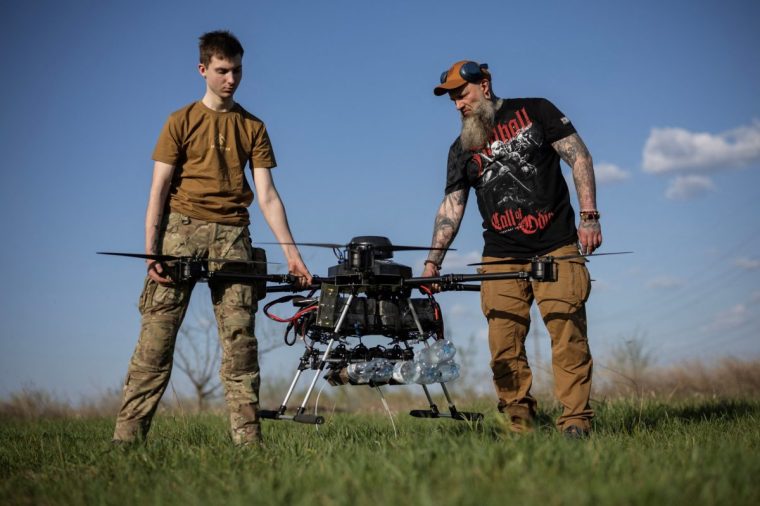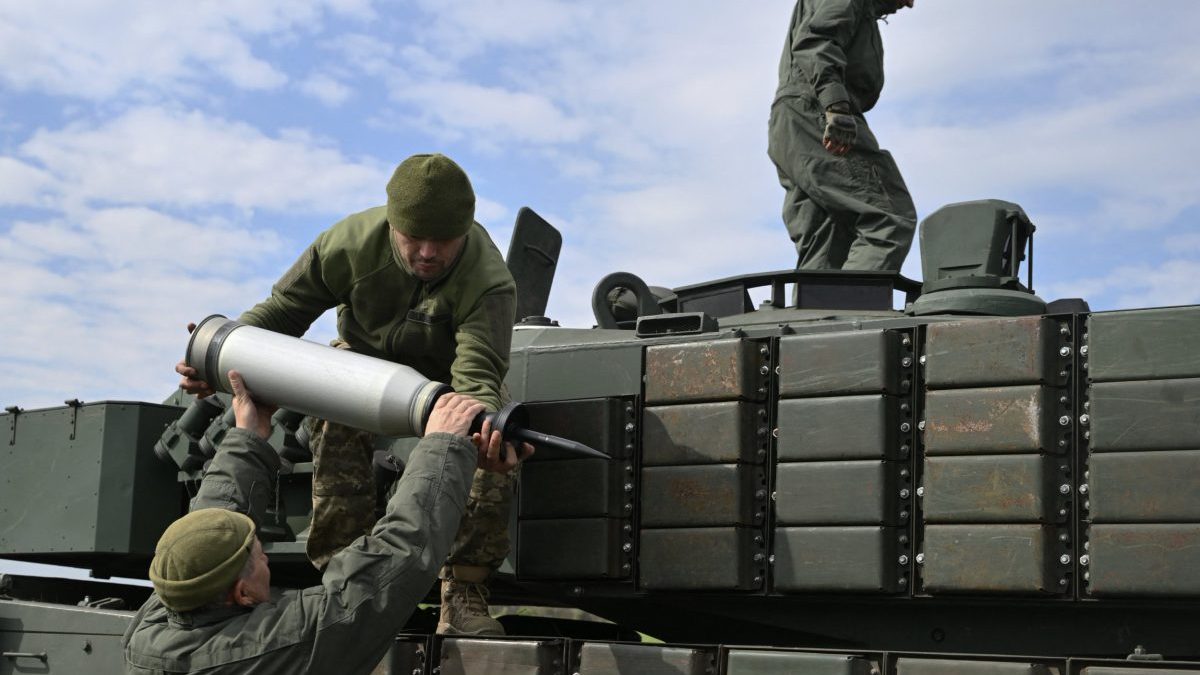Ukrainian forces bent but didn’t break under Russian pressure, and they can make enemy losses unsustainable
With Donald Trump threatening to abandon diplomacy to end the war in Ukraine, and potentially sever the pipeline of military aid, many have expressed concern over Ukraine’s prospects without US support.
While Ukraine and its military would be impacted by a US withdrawal, Ukraine’s cause is far from hopeless provided Europe stays the course, and Russia’s victory is far from assured.
Any successful strategy starts with a proper assessment of the political stakes. If Russia prevails in Ukraine, European security could be dramatically affected. The Ukrainian army and its 110 brigades are the sole barrier between experienced Russian forces and European countries that are still years away from being ready to effectively confront them.
The price of inaction is potentially much higher than proactive support for Ukraine here and now. If Russian imperialism is left unchecked in Ukraine, Putin might dare to test Western resolve in the Baltic states.
This sense of urgency should lead Europe to two major decisions.
First, European countries should be prepared to risk their own security to fill any gap in US aid, particularly of precious munitions for air and missile defense to protect Ukrainian cities. The risk is worth taking. While Russian forces are bogged down in Ukraine, Moscow would not openly challenge Europe and face another major conflagration.
Second, allied countries that are still below the mark of spending two per cent of GDP on defence should prepare to to clear that bar, with at least 0.25 per cent dedicated to aiding Ukraine.
The period of cheap and effortless security for Europe is over. The war of attrition that Ukraine is involved in is a war of resources. Europe’s combined GDP is more than 10 times higher than Russia’s, but Russia produces more munitions. The continent must commit to translating its economic and technological advantages into support Ukraine can count on while increasing its own strategic autonomy from the US.
Europe can also strengthen Ukraine through further direct financing of the Ukrainian military industrial complex, which is the surest way to achieve quick battlefield returns.
Labour costs in Ukraine are modest relative to western European countries, while equipment is constantly upgraded relying on most recent battlefield experience.
During three years of war, Ukraine’s military industrial complex increased the value of its annual production by 800 per cent to $9b (£6.8b). Diverse drone production has swelled from dozens a year before Russia’s full scale invasion war to 1.5 million in 2024. Ukraine produces 36 howitzers of 155mm caliber per month.
 Ukrainian servicemen of the 13th operational NGU Khartiia Brigade test a ‘Vampire’ drone (Photo: Marko Djurica/Reuters)
Ukrainian servicemen of the 13th operational NGU Khartiia Brigade test a ‘Vampire’ drone (Photo: Marko Djurica/Reuters)
This year, the state expects to procure home-made weaponry worth $15b. With proper funding, the industry could produce more than double. A model first pioneered by Denmark could be adopted by larger European powers such as the UK, Germany, and France.
About 40 per cent of Ukraine’s military needs are produced locally, but this share can be increased. The next step is for allies to share blueprints for production of weaponry such as air defence interceptors, or to jointly produce them.
On the battlefield, Ukraine can leverage defensive modes of action that have prevailed over classic deep offensive operations. The inability of either side to gain air superiority, and the proliferation of cheap drones that have turned the battlefield transparent, have given defenders the upper hand.
In 2024, the Ukrainian front line bent but didn’t break under Russian pressure. As the invasion force experiments with combining infantry on motorcycles along with fibre-optic guided drones and glide bombs to overwhelm Ukrainian defences, it is critical for Ukraine to strengthen defence through long-distance mining, and defensive infrastructure such as nests, decoy positions, and high quality engineering.
Along with close-quarters battle, Ukraine will intensify deep strikes against targets that sustain Russia’s ability to generate, sustain and employ groupings of forces, as well as assets for electronic warfare, air defence, command and control nodes, warehouses and airfields. Indigenous Ukrainian missiles and drone production creates more options for such strikes, giving Russia more headaches and creating more dilemmas.
Developments in 2024 made clear two major structural problems that Ukraine must address – command and control issues above brigade level, and the complexity of recruitment to the military.
The newly instituted corps system is aimed at solving command and control issue both in horizontal and vertical dimensions, which should ensure better coordination between battalions and brigades, and increase the challenge for Russia to exploit a lack of coordination among diverse units. To maximise capabilities, the corps system should be supported through proper officer training with the aid of Western partners – only properly trained officers would be able to lead complex, large-scale operations.
Securing manpower is more complex and there is no single solution. Improving the quality of training, command and control, equipment support, and rotations away from the front are the most pressing things that influence people’s readiness to join the ranks.
European partners can help by starting training programs inside Ukraine harnessing the latest combat developments, support officer training, and pledge a more steady supply of armour and munitions.
Only together can Ukraine and its European allies resolve the manpower issue, and this partnership is also the key to denying Russia victory on the battlefield. Moscow is not as powerful as it wants us to believe, and even the Kremlin cannot indefinitely sustain losses as high as its estimated casualties of 500,000 in 2024.
